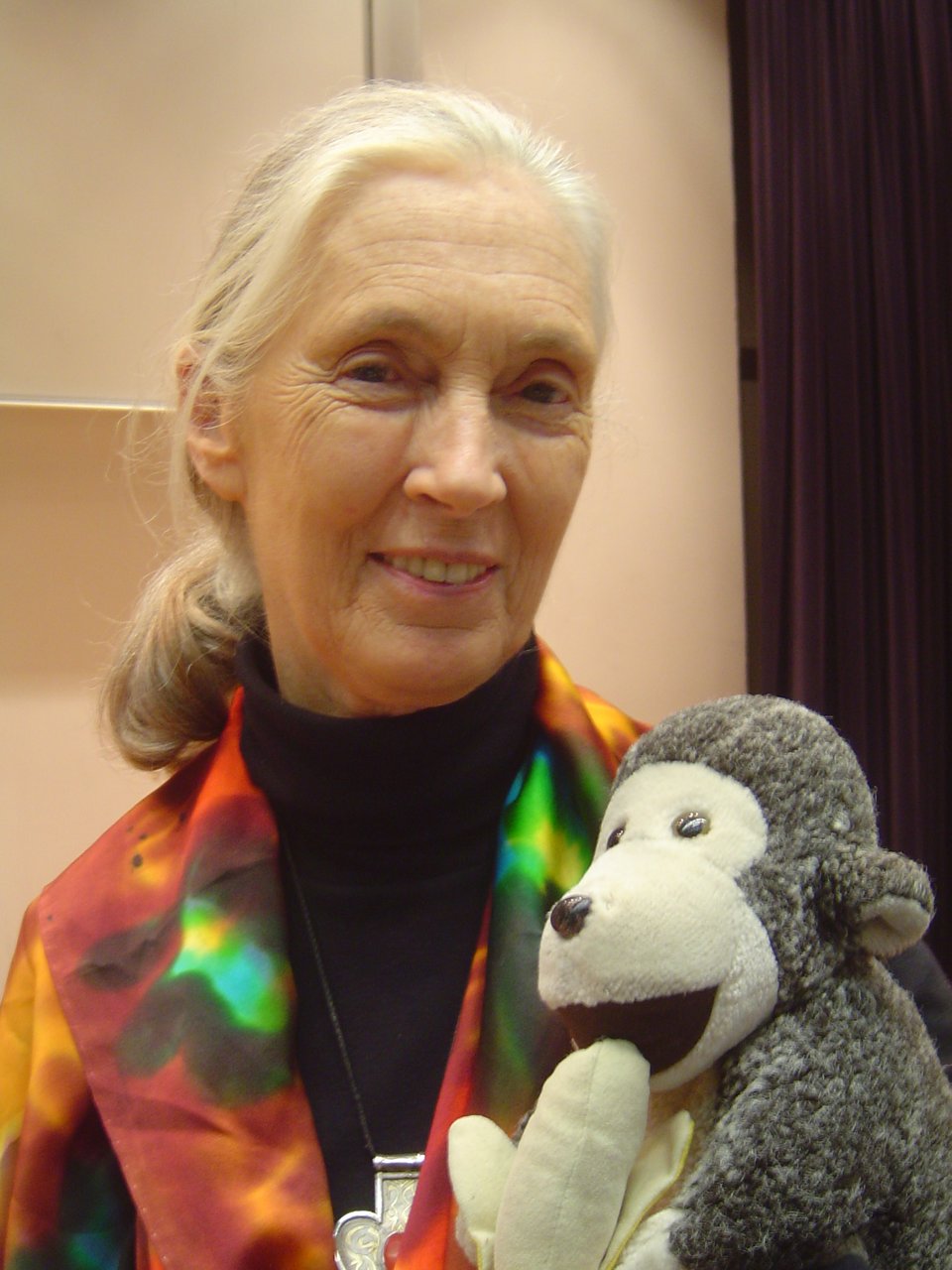

Last week, Jane Goodall died. I contributed to the coverage at the New York Times with a story that I co-authored with Emily Anthes. We wrote about Goodall’s scientific achievements and her enduring legacy.
We were able to hammer out the story in just a few hours because it was a straightforward assignment. Before Goodall headed to her field site in Tanzania, there were a lot of things we did not yet know about chimpanzees. Then she saw amazing things, like chimpanzees making tools and using gestures to communicate with each other. She even collaborated with infectious disease experts to discover important clues about the origin of HIV in chimpanzees.
Now imagine that the 26-year-old Goodall got all the way out to her field site for the first time, with all those discoveries ahead of her, only to discover that the money she needed for the research had vanished for no clear reason. Imagine that she had no choice but to go back home and find another job. Imagine the loss.
Stories of loss are unfolding right now in the United States. The second Trump administration has plunged the scientific enterprise into chaos. Clinical trials and long-term field studies have abruptly stopped midstream. Graduate students have discovered that the support they needed for their training as scientists is gone. International scientists who might have brought their expertise to US labs are increasingly looking elsewhere. Databases that serve as the foundation for research are disappearing from US government web sites. Certain words, like climate change, are verboten. Yesterday, the Secretary of Health and Human Services promised that government scientists will “make the proof” that Tylenol causes autism. That’s not how science works.
This disruption is, as far as I can tell, unprecedented in US history. There are echoes from the history of other countries—Soviet science under Lysenko, for example, or German science in the 1930s. In just a few years, Germany went from the world’s top country for physics research to a place where you couldn’t even talk about Einstein’s work because it was “Jewish science.”
Those shocks to the scientific system reverberated for decades. But at the time, it was hard to describe what was being lost. It’s easier to write about what has been gained.
At the New York Times, I’ve joined some of my colleagues in a project called “Lost Science.” We are interviewing researchers who can no longer study some feature of our world thanks to the administration’s moves since January. My editor Alan Burdick introduces the series here.
My first contribution is the story of Kim Ballare, who was going to study the role that bees play in forests. But her project is now lost.
My colleagues and I will be rolling out more of these interviews in the weeks to come. And we’re looking for more stories. If you are a scientist and your work has been disrupted, we’d like to hear from you. Please fill out the form at the end of Alan’s essay. Thanks!
TALKING HITHER AND YON
I will be traveling off and on for the next few months to give talks, mostly about AIR-BORNE.
Tomorrow—Saturday, October 11—I’ll be in Morristown, New Jersey, to talk at the Morristown Book Festival.
Next month, on November 13, I’ll be in South Carolina for the Charleston Literary Festival.
On Sunday November 23, I’ll be at the Miami Book Fair for two events: a conversation with former CDC director Tom Frieden, as well as one with best-selling historian Simon Winchester.
In the new year, I’ll be giving more talks. So far I have two to share:
On February 12, 2026, I’ll be delivering the Lefever Lecture at Elizabethtown College in Pennsylvania. I’ll be talking about the future of AI in scientific discovery.
And on March 14, 2026, I’ll be in Arizona to talk about AIR-BORNE at the Tucson Festival of Books.
If you’re near any of those venues, I hope to see you soon!
You just read issue #196 of Friday's Elk. You can also browse the full archives of this newsletter.